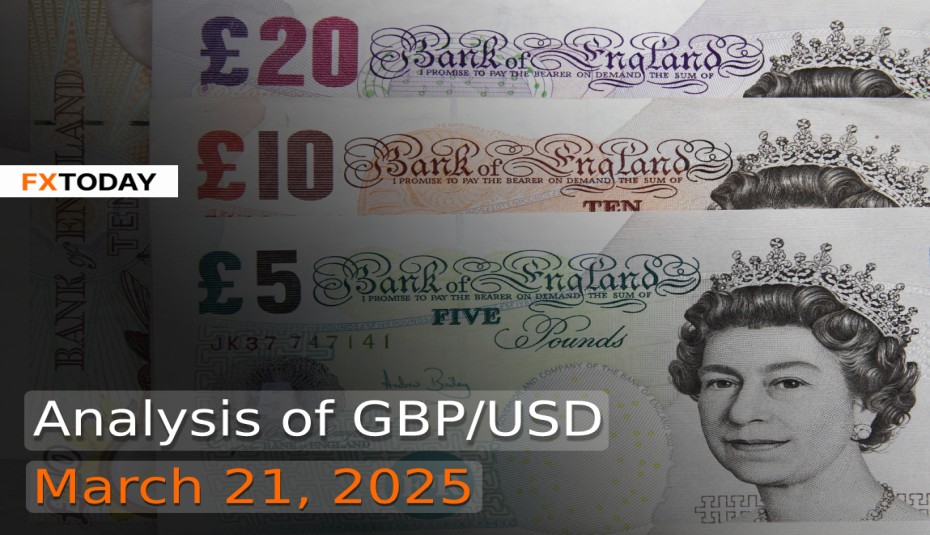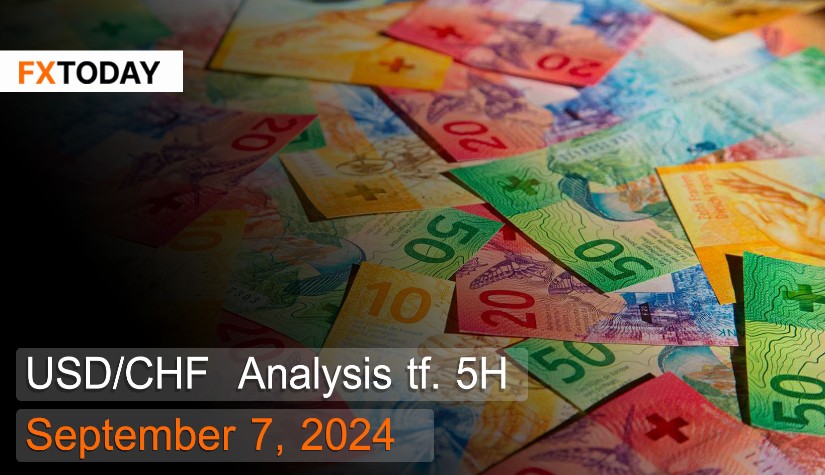BoE Holds Rates, Cautious on Cuts Amid Economic Uncertainty
The Bank of England (BoE) kept its benchmark interest rate at 4.5% on Thursday, emphasizing a cautious, data-driven approach to future cuts. The BoE reiterated that monetary policy would not follow a fixed path, with future reductions depending on economic conditions.
With inflation still above its 2% target, the BoE has cut rates less aggressively than the European Central Bank and the U.S. Federal Reserve since last summer, contributing to sluggish growth. Meanwhile, uncertainty in global trade—particularly U.S. President Donald Trump’s proposed tariffs—has added to economic volatility.
In the UK, an increase in employer social security contributions from April 6 is expected to impact hiring and consumer prices. Additionally, Chancellor Rachel Reeves is set to announce public spending cuts next week, which could further shape the economy.
Despite inflation concerns, the UK labor market remains stable. Private-sector wage growth stands at 6.1% annually, while broader pay growth, excluding bonuses, remains at 5.9%. Unemployment holds at 4.4%, and job vacancies have risen for the first time since mid-2022. However, inflation expectations among the public have increased, with a Citi/YouGov survey showing short-term inflation expectations at 3.9%, the highest in over a year.
Financial markets reacted cautiously, with the British pound fluctuating and UK bond yields adjusting slightly. Investors remain uncertain about future rate cuts, with expectations for reductions later in the year now less certain. BoE Governor Andrew Bailey stressed the need for patience, citing the need for more evidence of declining inflation before proceeding with cuts.
The UK economy contracted by 0.1% in January due to weak industrial output, complicating Reeves' efforts to boost growth. While services and supermarket sales remained strong, manufacturing and construction declined.
ING and other analysts see overall growth at 0.3% for Q1 2025, though forecasts for 2025 and 2026 have been revised downward due to global uncertainties. The OECD cut its UK growth forecast for 2025 to 1.4%, citing trade disruptions. Reeves is expected to announce spending cuts in her budget update to stay within fiscal targets. Despite challenges, the UK is still projected to outpace major European economies. British consumer confidence improved for a second consecutive month in March, though optimism about personal finances remains weak.
The U.S. dollar strengthened on Thursday after the Federal Reserve kept interest rates steady, citing uncertainty over Trump's tariff policies. Fed policymakers maintained rates at 4.25%-4.50% and signaled two quarter-point cuts later this year.
Investors are bracing for reciprocal tariffs set to take effect on April 2. The Fed revised its 2025 growth forecast down to 1.7% from 2.1% while raising inflation projections. Powell’s dismissal of survey-based economic indicators and his stance on "transitory" inflation risks have added to market volatility.
U.S. labor data showed a slight rise in unemployment claims, signaling a stable but cautious hiring environment. The housing sector saw an unexpected uptick in February, while the current account deficit narrowed in Q4. However, record-high goods imports in January suggest this improvement may be temporary. Despite mixed signals, markets continue to expect two rate cuts this year, with the first likely in July.
As a result, short-term fluctuations are likely as traders react to inflation data and BoE commentary, but downside risks remain dominant. If the UK economy continues to show signs of weakness—especially in industrial output and consumer confidence—GBP/USD could test support around 1.2500, with a potential move toward 1.2400 if risk sentiment deteriorates. Conversely, any signs of stronger wage growth or resilience in UK services could provide temporary support, keeping GBP/USD above 1.2600.
Additionally, trade uncertainty from Trump's proposed tariffs and the upcoming April 2 tariff escalation could fuel demand for the U.S. dollar as a safe-haven asset, further pressuring GBP/USD. In the absence of significant UK economic surprises, the pair is likely to trade with a bearish bias in the coming weeks, and further upside limited unless U.S. economic data weakens significantly.
Data for Technical Analysis (30Min) CFD GBP/USD
Resistance : 1.2944, 1.2947, 1.2953
Support : 1.2932, 1.2929, 1.2923
30Min Outlook
Source: TradingView
Buy/Long 1 If the support at the price range 1.2924 - 1.2932 is touched, but the support at 1.2932 cannot be broken, the TP may be set around 1.2945 and the SL around 1.2920, or up to the risk appetite.
Buy/Long 2 If the resistance can be broken at the price range of 1.2944 - 1.2952, TP may be set around 1.2967 and SL around 1.2928, or up to the risk appetite.
Sell/Short 1 If the resistance at the price range 1.2944 - 1.2952 is touched, but the resistance at 1.2944 cannot be broken, the TP may be set around 1.2930 and the SL around 1.2956, or up to the risk appetite.
Sell/Short 2 If the support can be broken at the price range of 1.2924 - 1.2932, TP may be set around 1.2911 and SL around 1.2948, or up to the risk appetite.
Pivot Points Mar 21, 2025 07:30AM GMT
|
Name
|
S3
|
S2
|
S1
|
Pivot Points
|
R1
|
R2
|
R3
|
|---|---|---|---|---|---|---|---|
| Classic | 1.2915 | 1.2923 | 1.293 | 1.2938 | 1.2945 | 1.2953 | 1.296 |
| Fibonacci | 1.2923 | 1.2929 | 1.2932 | 1.2938 | 1.2944 | 1.2947 | 1.2953 |
| Camarilla | 1.2934 | 1.2935 | 1.2937 | 1.2938 | 1.2939 | 1.2941 | 1.2942 |
| Woodie's | 1.2915 | 1.2923 | 1.293 | 1.2938 | 1.2945 | 1.2953 | 1.296 |
| DeMark's | - | - | 1.2934 | 1.294 | 1.295 | - | - |
Sources: Investing 1, Investing 2
















